Kelsey Museum of Archaeology: Making and Preserving Architectural History
Introduction
Text-to-speech Audio
The Kelsey Museum of Archaeology is a public museum owned and operated by U-M that has been open since 1928. There are two portions of the Kelsey Museum: Newberry Hall, a Richardson Romanesque-style building constructed in 1891, and the William E. Upjohn Exhibit Wing, an expansion of the museum built in 2008. In 1953, the portions of Newberry Hall that housed the archaeological collections were renamed in honor of Professor Francis W. Kesley, who had curated the University’s earliest artifact collection. Suppose you were to visit the museum today. In that case, you can still admire the Richardson Romanesque architecture and also find a sign reading "Newberry Hall" on the exterior of the building reminding us of the beginning of Newberry Hall and the history that it holds. Newberry Hall was designed by a Detroit-based architectural firm, Spier & Rohns, known for their churches and Richardson Romanesque style. The architect was Thomas H. Beeby. The museum spans 43,560 square feet and houses over 100,000 artifacts from Classical, Egyptian, and Middle Eastern cultures. Despite undergoing many renovations and changes throughout its 132-year history, the Kelsey Museum has retained portions of its original form, making it a historical monument that honors not only the artifacts within its displays but also the countless donors and contributors who have made the building what it is today.
Images
University of Michigan Kelsey Museum of Archaeology
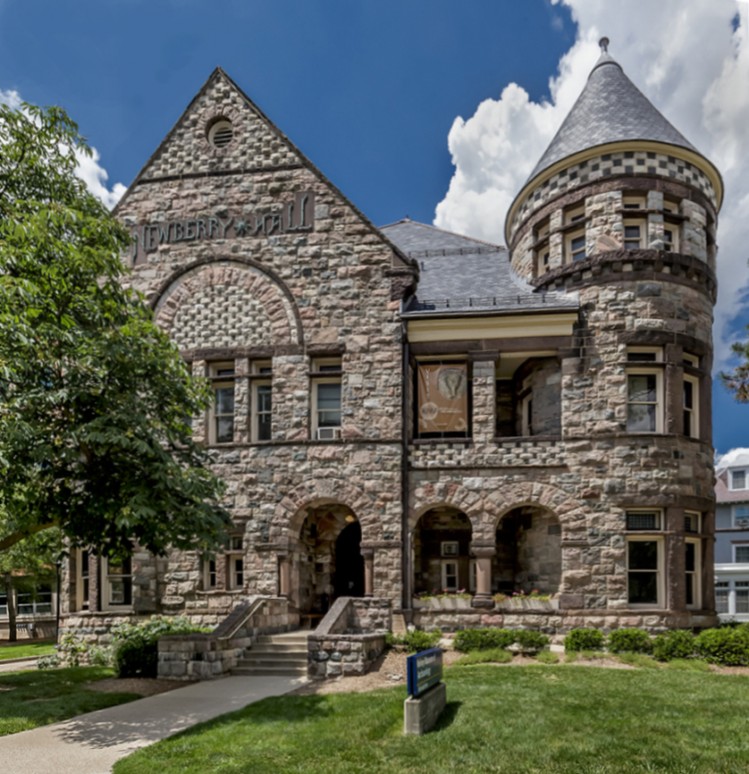
Newberry Hall was constructed between 1888 - 1891 for the Student Christian Association. It held meetings and other activities.
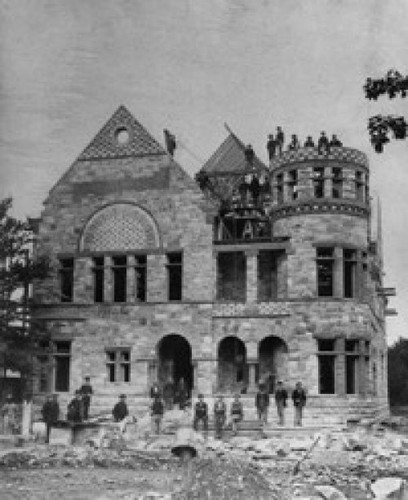
Francis W. Kelsey, a Latin professor at UM who started collecting Classical artifacts as far back as the 1890s for his lectures
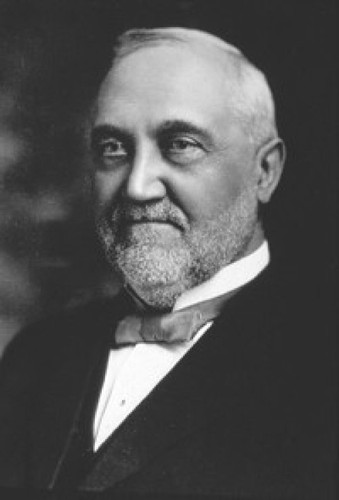
Exhibits in the Kelsey Museum
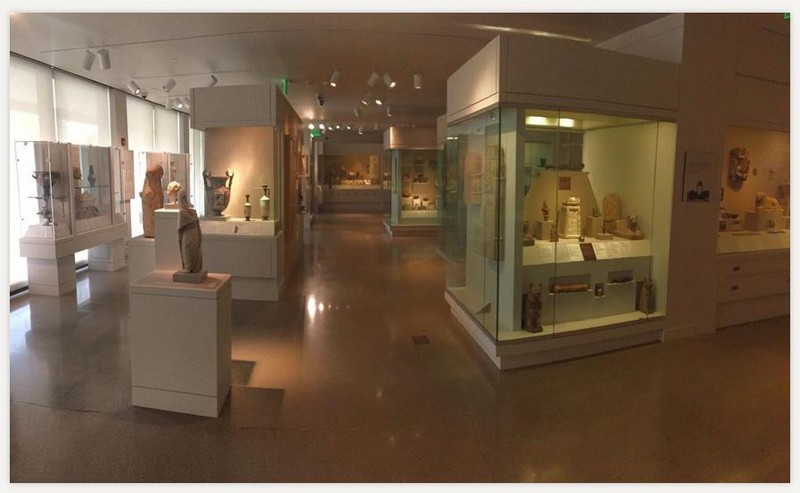
Reproductions of frescoes in Pompeii, Italy
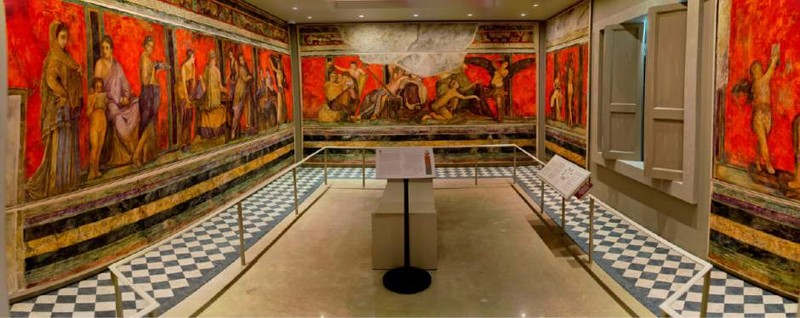
The Upjohn Wing was added in 2009, giving the museum an additional 20,000 square feet of space
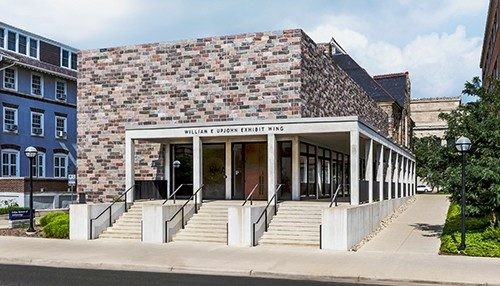
Plan Drawing of Newberry Hall & William E. Upjohn Wing
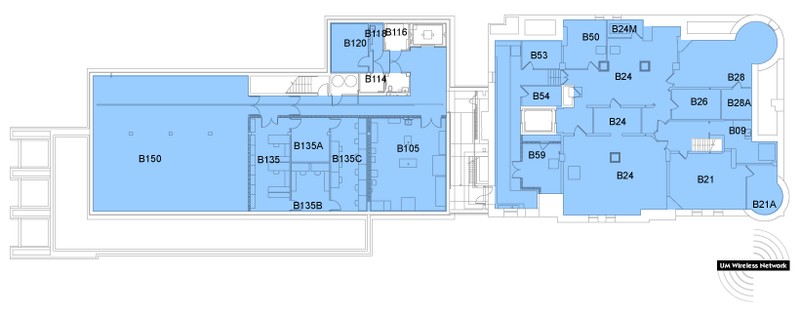
William E. Upjohn Wing
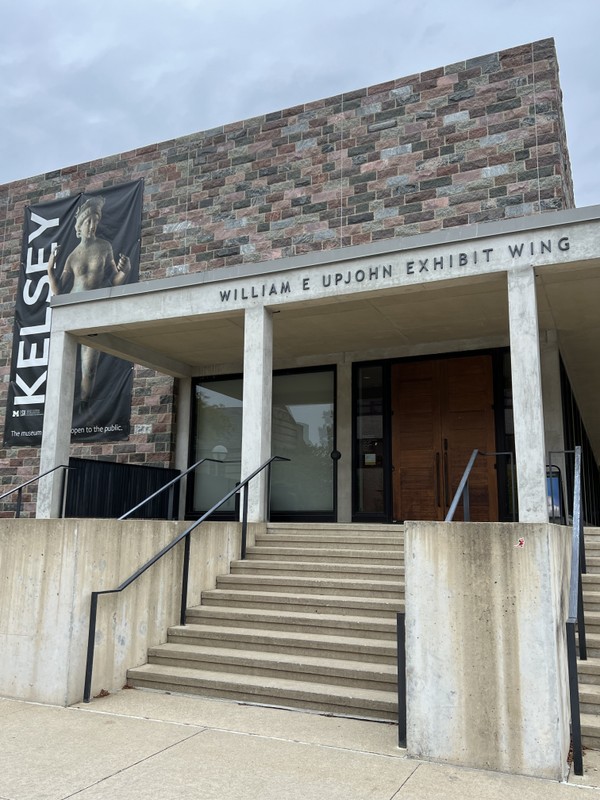
Donors Board
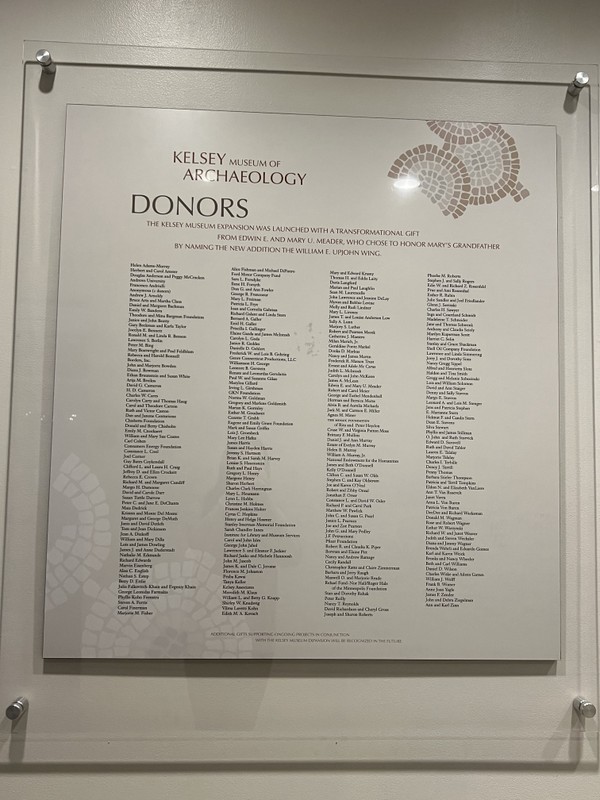
Close up photo of Kelsey Museum on University of Michigan Planner's Office of 1982
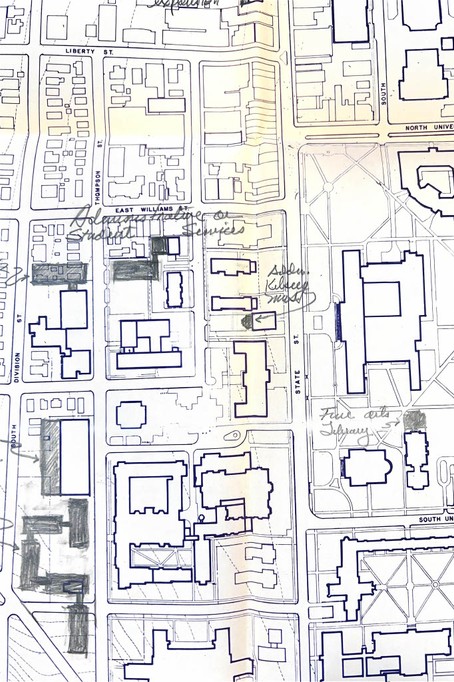
University of Michigan's Planner's office Central Campus 1982
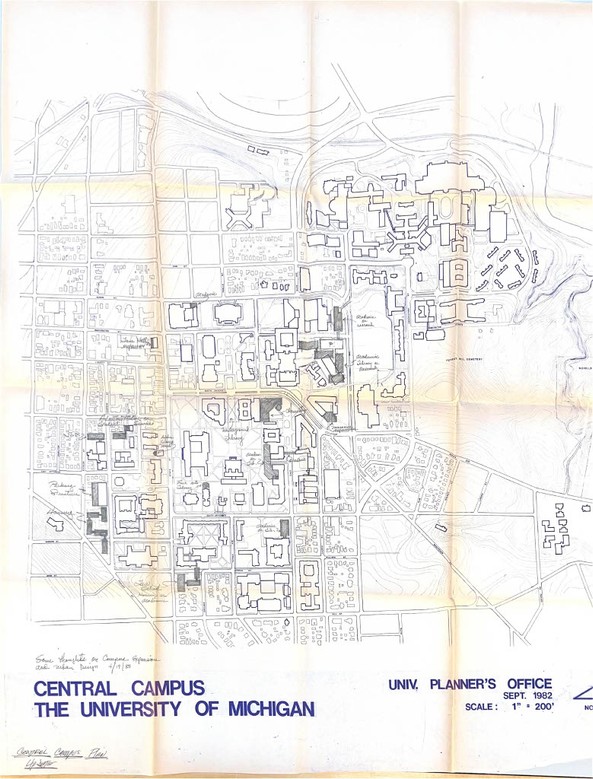
Newberry Hall, currently photo
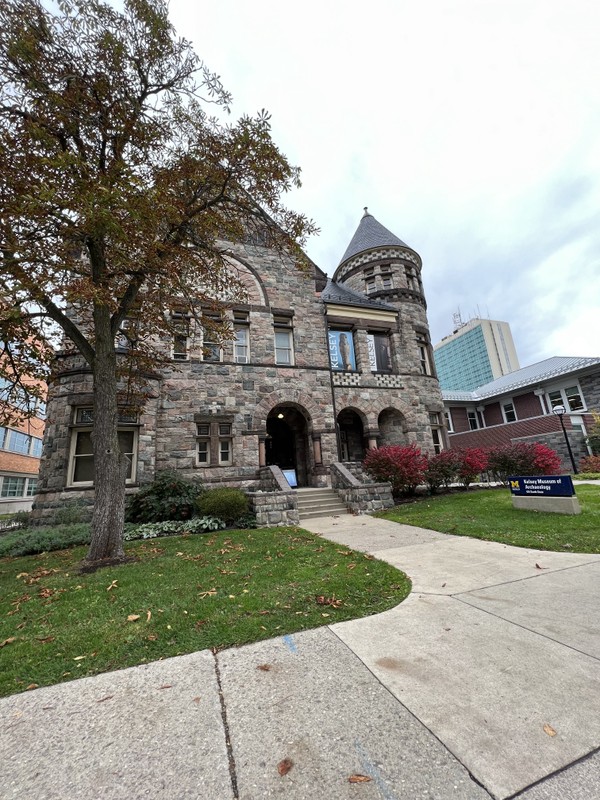
Exhibits in the Kelsey Museum
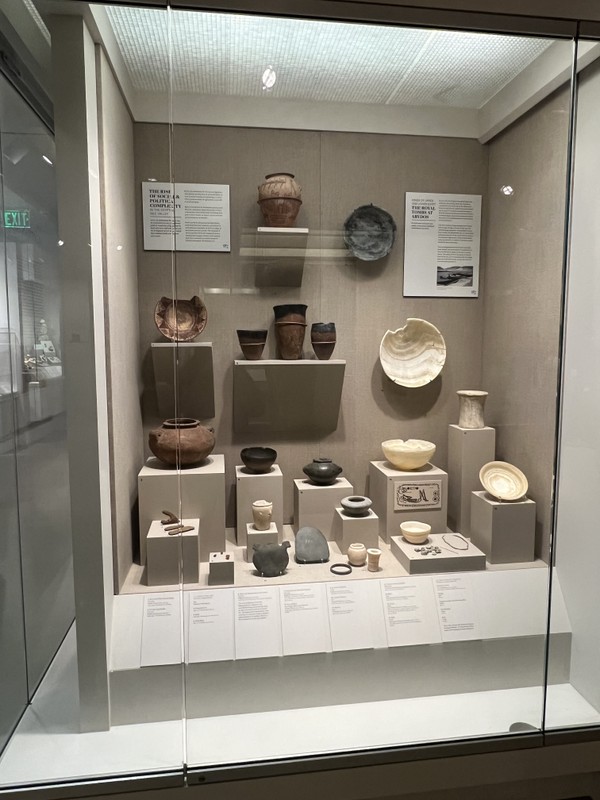
Exhibits in the Kelsey Museum
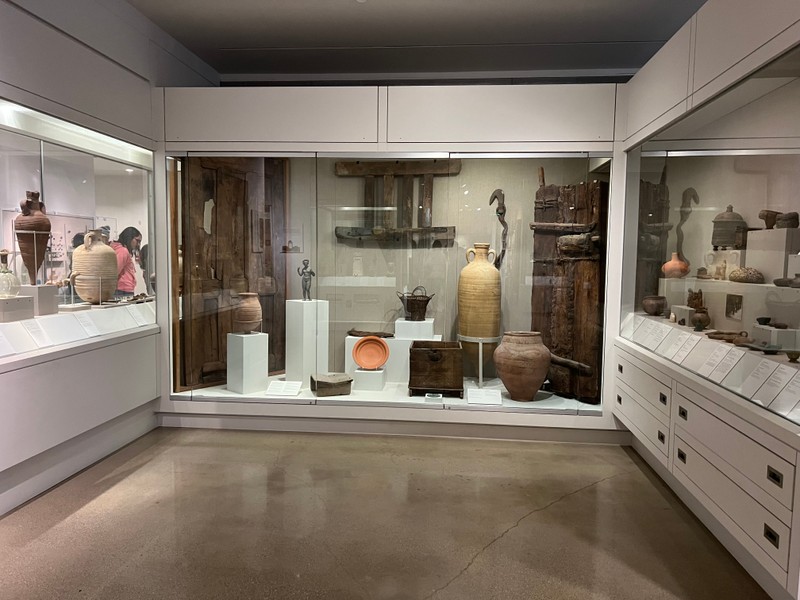
Exhibits in the Kelsey Museum
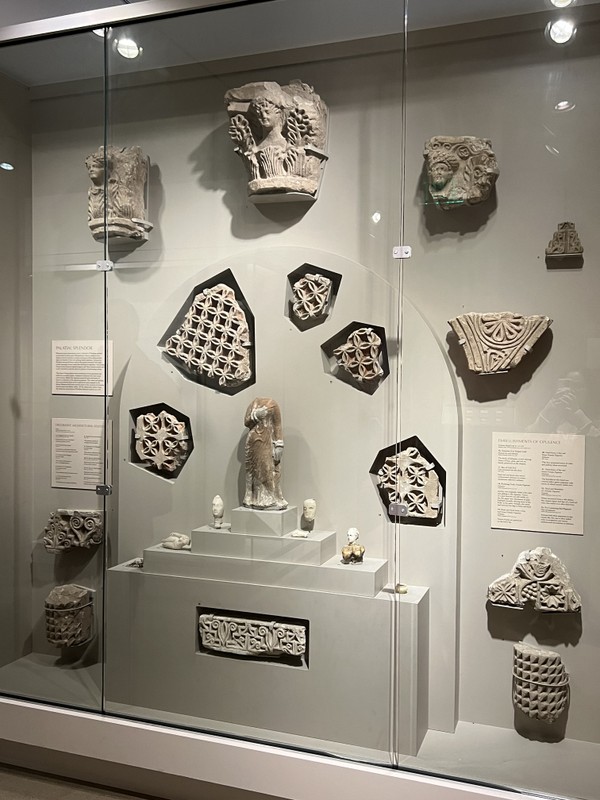
Newberry Hall, and Upjohn Wing
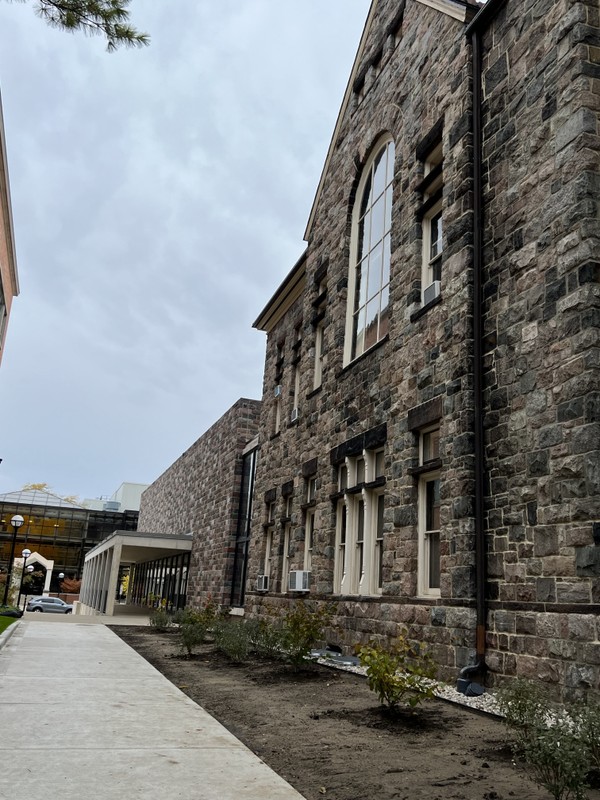
The Tiffany stained glass window in the museum's library
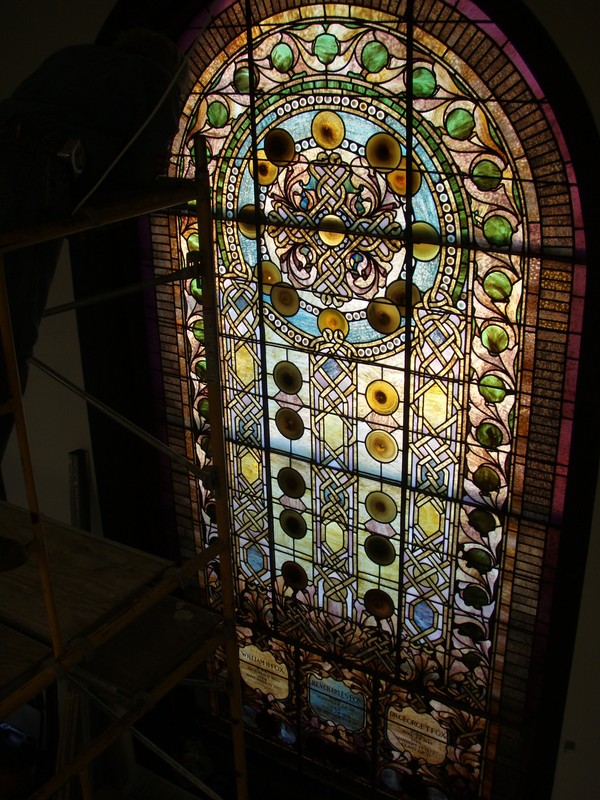
Newberry Hall Sign
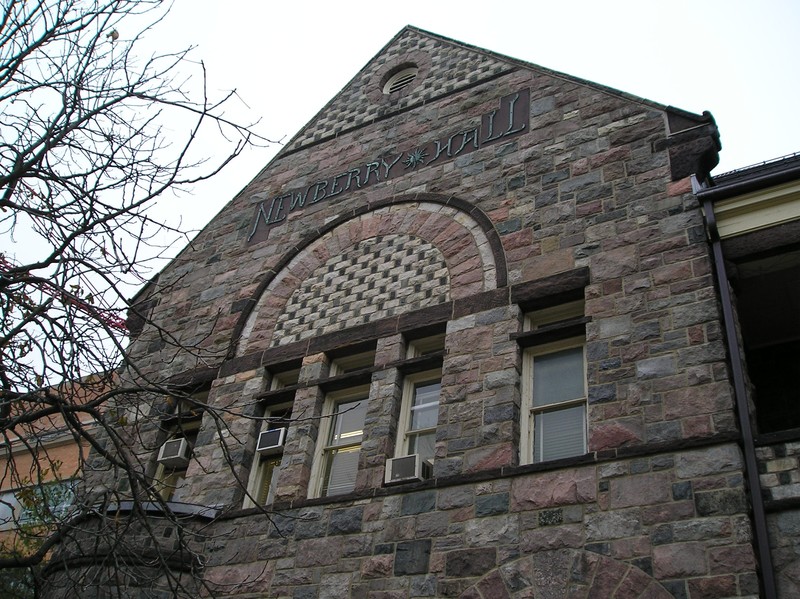
Backstory and Context
Text-to-speech Audio
Newberry Hall was commissioned by the Students’ Christian Association (SCA) in 1888 as they needed a larger house for their growing membership and activities. That same year, Spier & Rohns submitted their design to the SCA and were approved for construction. However, once construction began, the SCA encountered funding problems to pay for the building. They then turned to Helen S. Newberry, who was the widow of a wealthy industrialist and politician in Detroit. Helen charitably agreed to donate $18,000 of the $40,000 required to finish the building. Her only request was for the new house to be named after her late husband: John S. Newberry. The SCA agreed and Newberry Hall was completed in 1891.
In the 1920s, the SCA was struggling to make ends meet and had to resort to renting Newberry Hall to U-M as a classroom space. By 1928, Newberry Hall had become a storage site for many of the University’s archaeological collections. Eventually, in 1937, the SCA agreed to donate the building to the University with the request that the SCA become involved in the University’s Program in Studies in Religion. The University additionally promised to “assume the responsibility for a program that will tend to encourage student interest and study in the broader aspects of religious education and properly coordinated activities in religious and allied fields.” As we can see today, the University was unable to uphold its promise to the SCA because the University no longer holds any religious classes in Newberry Hall.
As the museum’s collection grew, there was a need for increased space in the museum. By 1993, the overcrowding of artifacts and their deterioration due to climate conditions became an issue, and a renovation of the original building was deemed necessary. When wealthy New York philanthropists Eugene and Emily Grant heard that the University was struggling with these issues, they agreed to fund the creation of a Sensitive Artifact Facility with climate-controlled collections storage that would protect the artifacts. As thanks, the museum dedicated its 1995 catalog “Preserving Eternity” to the couple. The couple were the second donors to contribute towards the Kelsey Museum’s legacy.
The last significant donor that made contributions to the Kesley Museum was in 2003. Supported by the designs of renowned Chicago architect and lead designer of the building, Thomas Beeby, construction was handled by an Ann Arbor contracting firm, Spence Brothers. The project, which added a 20,000-square-foot wing to the museum, was only possible due to a generous donation of $8.5 million from Edwin and Mary Meader. The couple were both avid travelers and deeply interested in exploring and preserving cultures from around the world and thus were interested in supporting the museum's growth. In return, Mary asked the University to name the new wing after her grandfather William E. Upjohn. On November 1st, 2006 the building was finally opened to the public as the William E. Upjohn Exhibit Wing. This new building was a two-story building that held many artifacts from Egyptian, Roman, and Greek archaeology.
Each renovation and generous donation to the Kelsey Museum is an important part of the building and the University’s history. The gifts to the museum have helped continue Professor Kelsey’s legacy of preserving pieces of history that the public can view and appreciate to this day, in addition, the museum furthered his honor by naming the museum after him. Throughout the years, many gifts have impacted the Kesley Museum. From the first gift given by Helen S. Newberry to the last gift from Edwin and Mary Meader, the Kelsey Museum was able to survive, creating an environment made for bringing many people together while also housing many important artifacts. The reciprocal nature of gift-giving is exemplified by the relationship between the Kelsey Museum and its donors. In exchange for their generous gifts, which have helped preserve the museum’s important artifacts as well as the building’s history, donors were rewarded by having portions of the museum and its exhibits named in their honor. However, we believe that this relationship was a bit one-sided because the gifts the museum gave to the donors were inadequate compared to the millions of dollars they received.
Sources
Boak, Arthur E. R., et al. Kelsey Museum of Archaeology Records. 1890.
“Building | U-M LSA Kelsey Museum of Archaeology.” Lsa.umich.edu, lsa.umich.edu/kelsey/about-us/history/building.html. Accessed 23 Oct. 2023.
Gazette, Dave Person | Special to the Kalamazoo. “Upjohn Heiress Remembered for Her Quiet Acts of Kindness.” Mlive, 18 Mar. 2008, www.mlive.com/kalamazoo_gazette_extra/2008/03/upjohn_heiress_remembered_for.html. Accessed 23 Oct. 2023.
“Kelsey Museum of Archeology.” Its.umich.edu, its.umich.edu/wifi-coverage-map/maps.php?loc=kelsey. Accessed 23 Oct. 2023.
“Newberry Hall, 1888” https://aadl.org/buildings_hhaa104.
“Project Data | Architecture Engineering and Construction.” Umaec.umich.edu, umaec.umich.edu/projects/completed-projects/kelsey-museum-renovation-addition/project-data/. Accessed 23 Oct. 2023.
“Properties - Buildings by Number - 0178 Newberry Hall/Kelsey Museum, 1989-2009”
https://deepblue-lib-umich-edu.proxy.lib.umich.edu/handle/2027.42/117308
“Tiffany Window | U-M LSA Kelsey Museum of Archaeology.” Lsa.umich.edu, lsa.umich.edu/kelsey/about-us/history/building/tiffany-window.html. Accessed 23 Oct. 2023.
University Planner’s Office (University of Michigan) Records. 1940.
